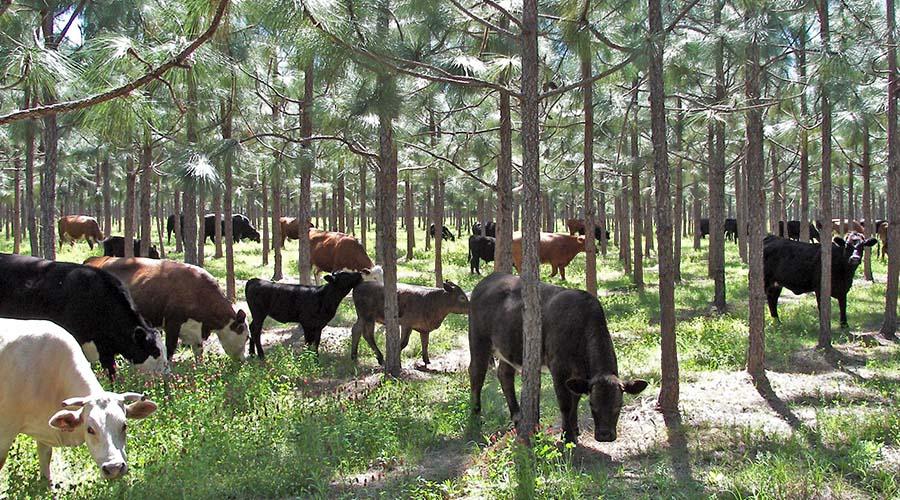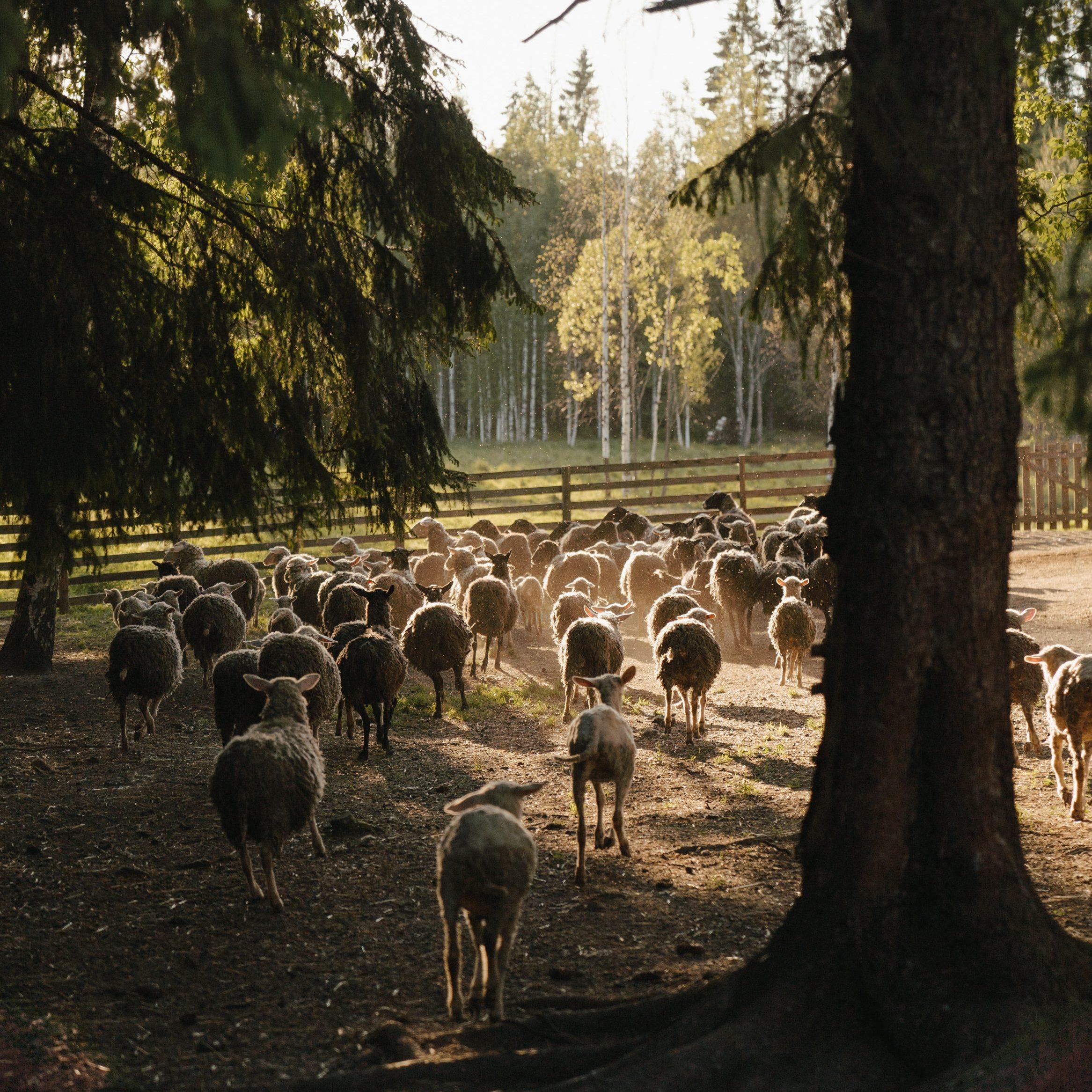Global meat and dairy production is continuously rising due to growing demand. While there is a growing trend towards becoming vegan, not everyone is ready to move to a completely plant based diet. Fortunately, researchers have come up with a solution deemed more sustainable for livestock production called ‘silvopasture.’
What is Silvopasture?
Silvopasture is an intensively managed, integrated system. It involves intentionally combining livestock with plants on the same land. These plants include trees such as willow, alder or poplar, and forage crops, like grasses or legumes. Trees that grow in these systems are generally used for timber. Thus, these systems produce multiple products.
According to Project Drawdown, Silvopasture emerged in 2015. It ranked as the ninth most powerful agricultural practice to combat climate change. Countries that carry out extensive livestock production, such as Colombia and Panama, are already harvesting profit through silvopasture. Approximately 15% of the world’s grazing land currently use silvopasture.

Is it sustainable?
The livestock industry contributes heavily to methane gas emission and soil degradation as a result of poor grazing. Furthermore, it requires extensive land to rear livestock, which causes deforestation and biodiversity loss.
Silvopasture is a way to reduce methane emission from livestock and to prompt carbon sequestration. Legumes used as forage crops improve the forage quality, and thus improve the diet of grazing animals. This means that animals graze more efficiently, and there is an improvement in milk and meat production. At the same time, this practice increases digestion efficiency and decreases the emission of harmful methane gases.
Grass and legumes as forage crops and trees can fix carbon and carry out nutrient recycling. This improves soil fertility. It can also enhance carbon sequestration and can mitigate the emission of green house gases.
The presence of trees can improve nutritional quality and productivity of forages such as grass. This is because trees are able to modify light and water availability for forages. Livestock productivity in these systems depends on the yield and quality of the forages. Additionally, silvopasture offers an alternative animal feed such as tree leaves or pods to the grazing animals.
Trees provide shade and food for livestock, which can improve animal health by reducing stress. This then leads to an increase in the production of meat and milk. Additionally, trees, grasses and shrubs help to retain and use water more efficiently. They can also help to restore biodiversity.

What are the challenges?
Although Silvopasture seems like a promising solution for meat and dairy production, there are also some hurdles that must be overcome. One major challenge is that these systems cannot use all available land. For example, many grasslands are too dry to support healthy tree growth. It is also better to avoid wetlands and healthy hardwood forests so that any biodiversity loss can be avoided. Livestock producers are able to use forests, but they may need to thin few trees so that sunlight can reach the ground.
Another challenge are the high establishment and maintenance costs. These systems require pruning, thinning of trees, fertiliser application and watering facilities, which all incur extra fees. In Latin America, Costa Rican, Colombian and Nicaraguan governments offer financial support to ranchers and pastoralists planning on using the system in an attempt to promote silvopasture in their countries. This is a worthwhile initiative which seeks to reduce overarching financial difficulties.
It’s also important to choose the correct tree species and plant them with adequate spacing. Livestock producers may need to acquire this knowledge to prevent any mismanagement. Learning to care for trees will be a big learning curve for livestock producers.
Is Silverpasture the solution?
Can silvopasture be a solution to increase the supply for the growing global meat consumption? While it does relieve some pressures, the current demand for meat worldwide means that silvopasture and managed grazing aren’t enough to increase production. Therefore, we should consider changing our diets and reducing food waste to make livestock production more climate change friendly. To learn how to make our world more THRIVEable, visit our THRIVE blog for more information.























